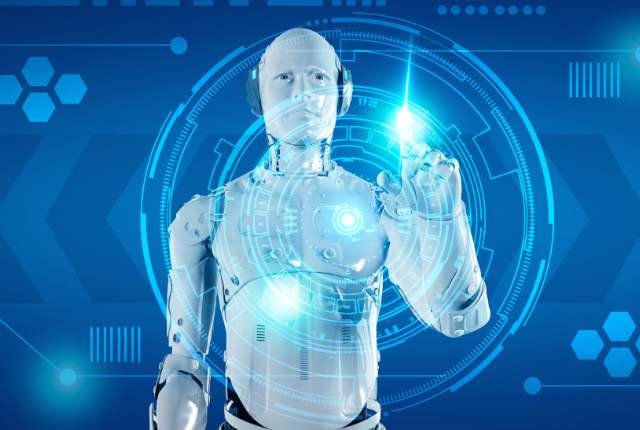

Increased population density and technological developments have led to new habits and ways of conceiving life. At the same time, due to the high participation and relevance of energy in my country's social development and economic growth, energy demand has also seen parallel growth. Energy’s direct impact on productivity, health, education, supply, communications, etc. defines it as a fundamental factor.
It is obvious that energy is an essential element, but its negative consequences such as: environmental degradation, resource depletion and energy dependence have brought energy efficiency alternatives and/or solutions into the spotlight.
New technologies are becoming increasingly prominent in the face of staggering demands to reduce gas emissions and develop more sustainable and ecological economic models. Therefore, businesses and institutions are implementing technologies such as artificial intelligence and big data to improve alternatives.
As major energy consumers, the industrial sector is looking to improve energy efficiency through data collection and visualization to avoid waste energy and achieve smart savings.
The term energy efficiency can be used in many aspects, such as energy consumption, production processes, enterprises and institutions, value chains, etc. So what is energy efficiency? . Adopting this technology solution not only brings competitive advantages, but also helps improve environmental, social and economic conditions.
In short, it includes reducing energy losses and the consumption of energy and other raw materials during production.
Human beings are the ones who are constantly producing information, which is collected and analyzed by big data systems. The development of artificial intelligence is driven by the continuous increase in data and the acceleration of processing speed, which allows the integration of large amounts of interacting data.
In other words, using information as a source of learning and using it to develop solutions that mitigate, or even prevent, damage is what we now call artificial intelligence.
In the discipline of Artificial Intelligence, there are different types. Artificial Intelligence makes it possible for machines to simulate human reasoning. Machine Learning (ML) is a subcategory of Artificial Intelligence in which humans allow machines to Data identifies patterns to make predictions. Deep learning (DL) is a subcategory of machine learning in which machines are able to reason and learn on their own.
In short, the management and processing of massive amounts of data is an important step for businesses that implement artificial intelligence into their processes and seek to position themselves through high-level competent analytics. Basic tools.
The industrial sector is focusing on using smart sensors to gain a detailed understanding of every part of the production process to collect Data that has been processed, stored, and subsequently converted into qualitative information.
The use of artificial intelligence and big data is valued for its excellent application in energy management through data collection, analysis and autonomous optimization.
● Process improvement and performance optimization
● Implement a predictive maintenance system that helps improve service and save costs
● Process efficiency benefits from the flexibility and adaptability of working in the cloud.
● Fault alerts and rapid proactiveness on production lines.
Its application in factories makes it possible to interpret the generation and collection of information from which algorithms can find optimal performance points in production areas, as well as in control and administrative units.
The increase in energy demand and the scarcity of resources in overpopulated countries have led to new developments in cities. Developments such as providing smart systems in buildings to increase efficiency and reduce environmental impact. The emergence of the smart building concept has led to the formation of smart cities or smart cities, which incorporate the idea of smart buildings.
Implementing energy efficiency technologies in cities has become a reality. By collecting, processing and analyzing thousands of pieces of data, smart buildings can effectively manage energy and other resource supplies.
The purpose of applying high-impact technologies is to create new consumption habits, improve resource management, and promote the use of renewable energy. In other words, the city's infrastructure adapts to environmental changes.
The above is the detailed content of The role of artificial intelligence and big data in energy efficiency. For more information, please follow other related articles on the PHP Chinese website!
 Application of artificial intelligence in life
Application of artificial intelligence in life
 What is the basic concept of artificial intelligence
What is the basic concept of artificial intelligence
 What does it mean that the computer is not supported?
What does it mean that the computer is not supported?
 How to switch between full-width and half-width
How to switch between full-width and half-width
 The role of validate function
The role of validate function
 What software do you use to open dat files?
What software do you use to open dat files?
 OGG common commands
OGG common commands
 How to decipher wifi password
How to decipher wifi password




